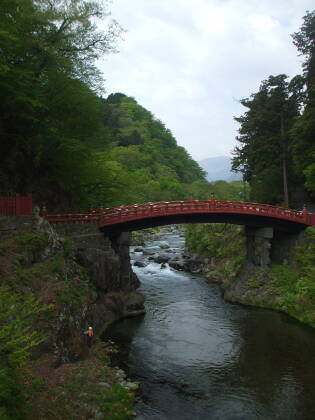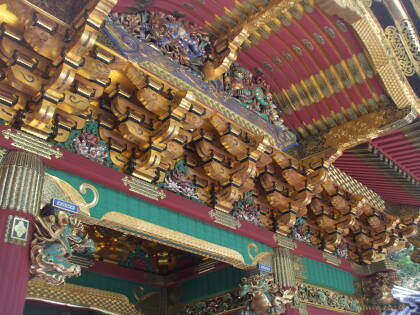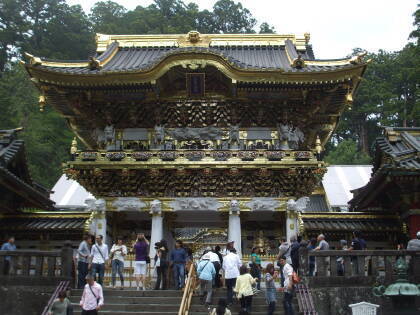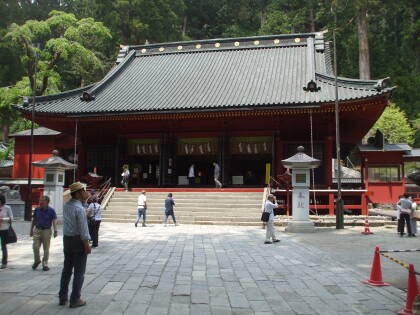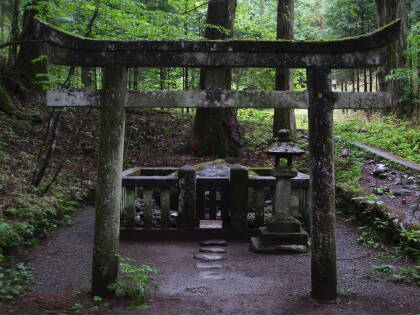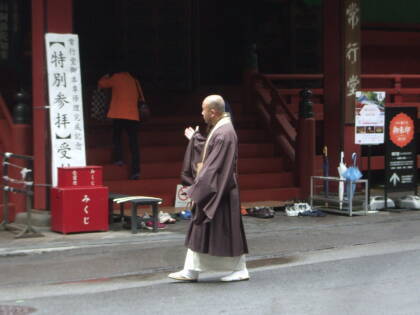
Finishing our visit to Nikkō
More Sights in Nikkō
Let's see a few more things in Nikkō There's an nice shrine and gravesite along the main road, and like anywhere in Japan, there are fascinating design details everywhere.
Tobi-ishi Hachiman-gū Shrine
Inari Ōkami is the most popular kami to be enshrined in Shintō shrines. Hachiman is the second most popular.
Inari Ōkami is the kami of foxes, of fertility, of rice, of tea and sake, of agriculture and industry, and of general prosperity and worldly success. Inari may be represented as male, or female, or androgynous, and may even be represented as a collective of three or five individual kami. Inari Ōkami is a little of everything and associated with many things and locations.
Hachiman, however, is an unusually specific kami as Shintō goes. Hachiman is the syncretic divinity of archery and war, combining elements from both Shintō and Buddhism. Actually "God of War" is an oversimplification, it's more that he's the god of warriors.
Hachiman is also the divine protector of Japan, the Imperial House, and the Japanese people. Belief in a form of Hachiman existed in prehistoric Japan. Once Buddhism arrived via Korea from China in 552 CE, the concept of Hachiman combined elements of the earlier kami worship with Buddhism. Shinbutsu-shūgō is the term for the idea that a Shintō kami could manifest as a Buddhist bodhisattva (or bosatsu in Japanese). In the 700s CE Hachiman became Hachiman Great Bodhisattva, or Hachiman Daibosatsu.
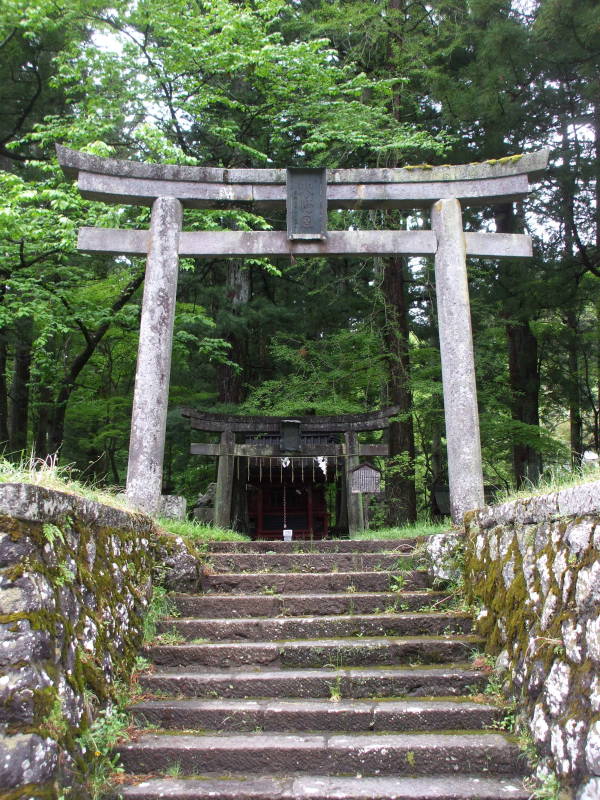
Hachiman is the god of warriors, so of course the samurai worshiped him. But he also became popular with the peasants, who saw him as the god of agriculture and fishing.
There are many Buddhist memorials here.

The main attraction, though, are the Gravestones of the Self-Immolators.
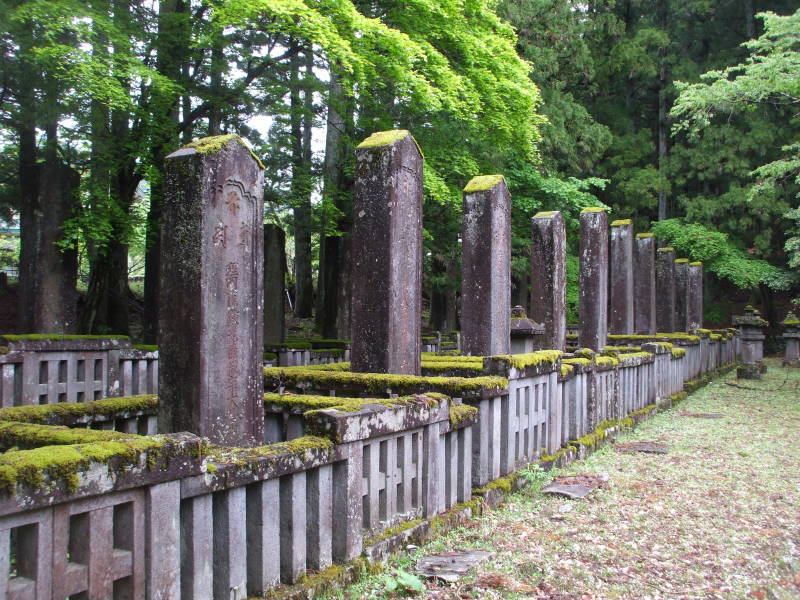
These 24 grave stones, most of them almost three meters tall, mark the graves of five loyal retainers of Tokugawa Ieyasu plus another 19 loyal vassals of the Tokugawa Shōgunate. When Tokugawa died, they killed themselves by performing seppuku. Not by lighting themselves on fire, as I assumed from the name "Self-Immolators". Knives, not fire. Either it's a more general term than I realized, or the translation is inexact.
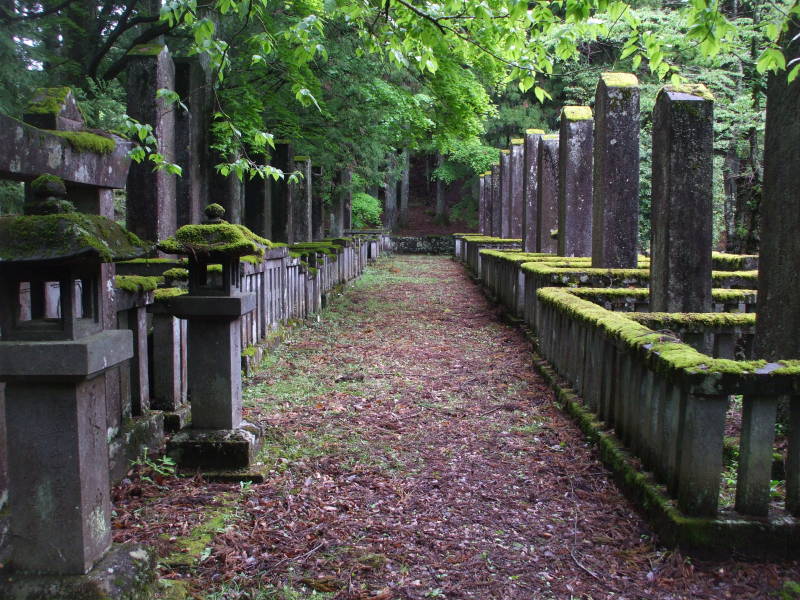
The Nikkō Tamozawa Imperial Villa Memorial Park is just across the road. It was built in 1899 as a retreat for Prince Yoshihito, who became Emperor Taishō. Emperor Hirohito (now referred to as Shōwa) hid out at that villa at times during World War II.
Clever Design
Many design details in Japan are elegantly simple solutions, are much more esthetic that what I'm used to, or both.
Instead of plain and simple white PVC pipe, why not use pipe made to look like bamboo?
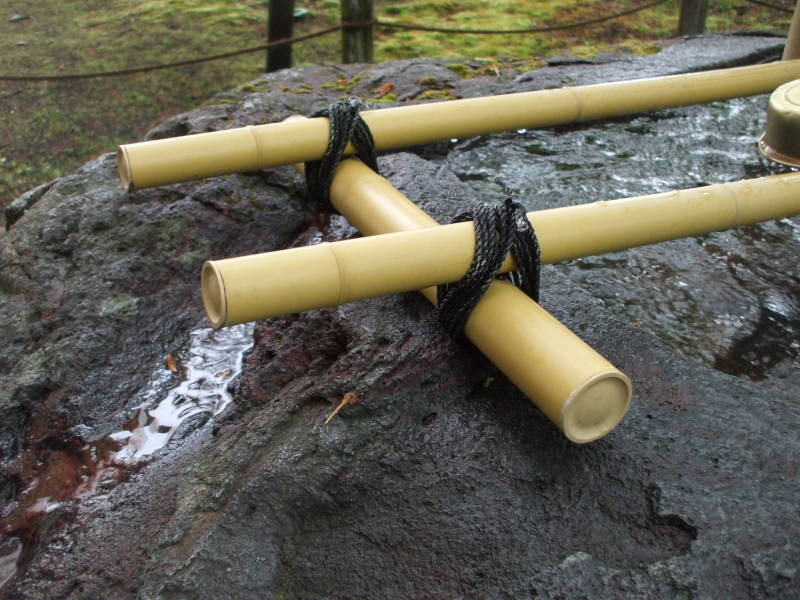
Instead of plain rectangular concrete fence elements, why not use steel-reinforced concrete elements made to look like natural elm tree segments?
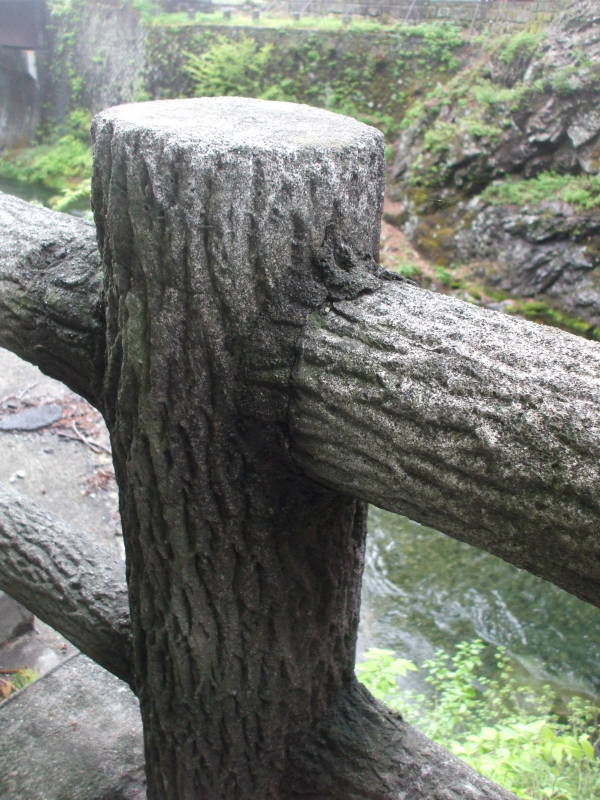
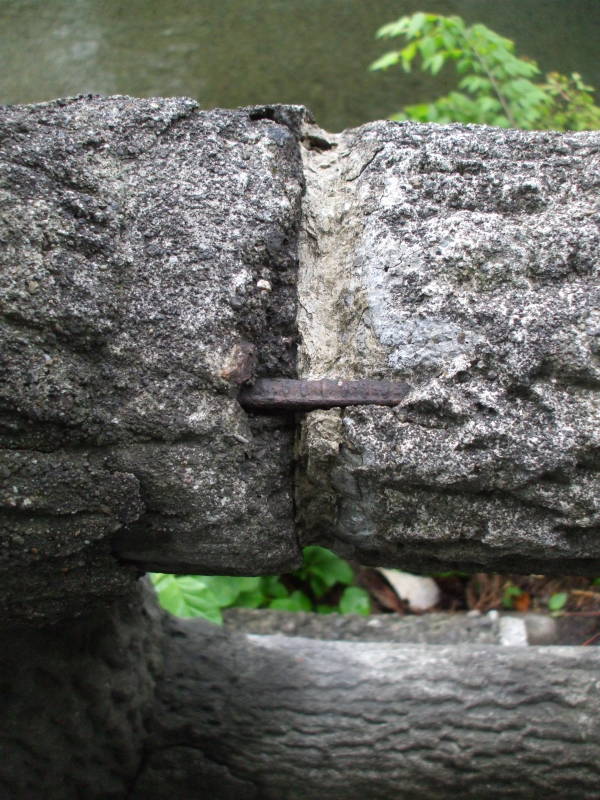
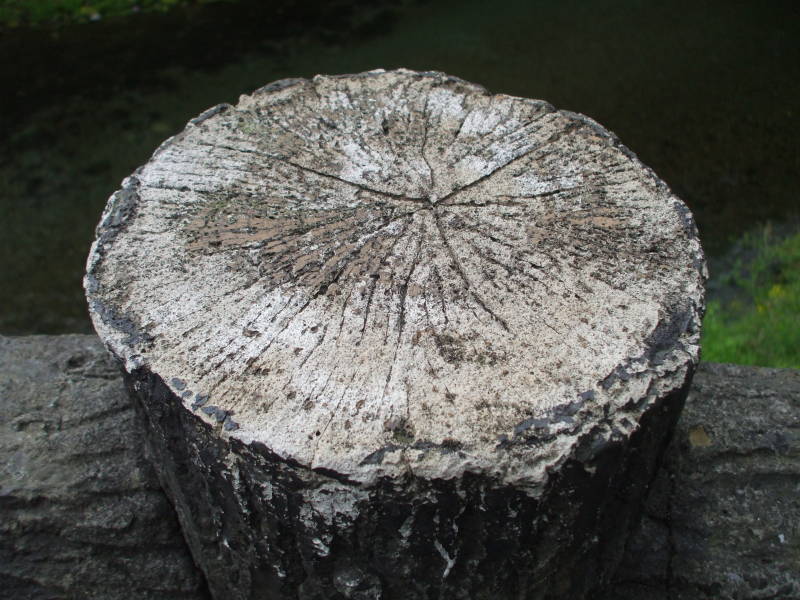 134143
134143
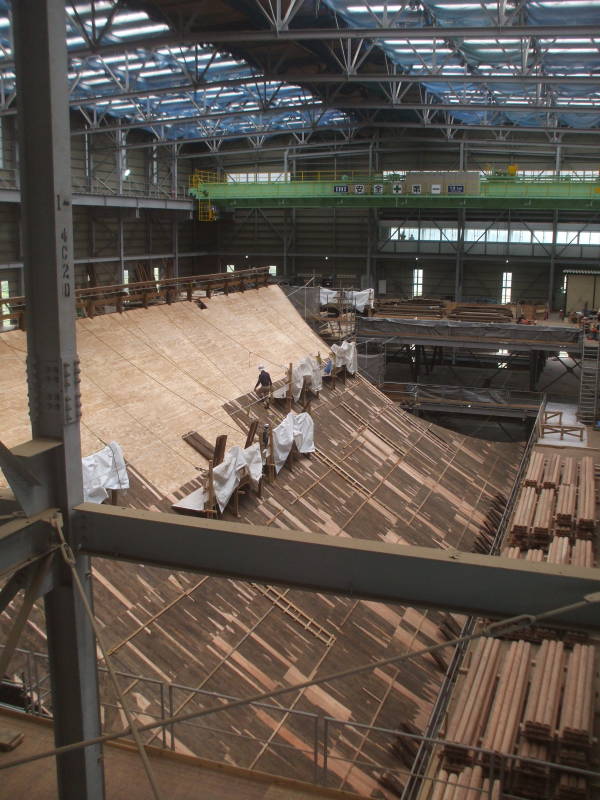
The Butsudan, the main Buddhist temple of the Renno-ji complex, was being reconstructed while I was in Nikkō. Both Shintō and Buddhism stress the impermanence of existence, so their shrines and temples are constantly being rebuilt. They first built a large building around the temple, so all the work was done indoors.
The workers on the roof are wearing tabi or jika-tabi, highly flexible rubber-soled shoes designed like mittens with separate compartments for the big toe. They're sometimes called "ninja tabi" or "ninja shoes", as they make climbing much easier and safer.
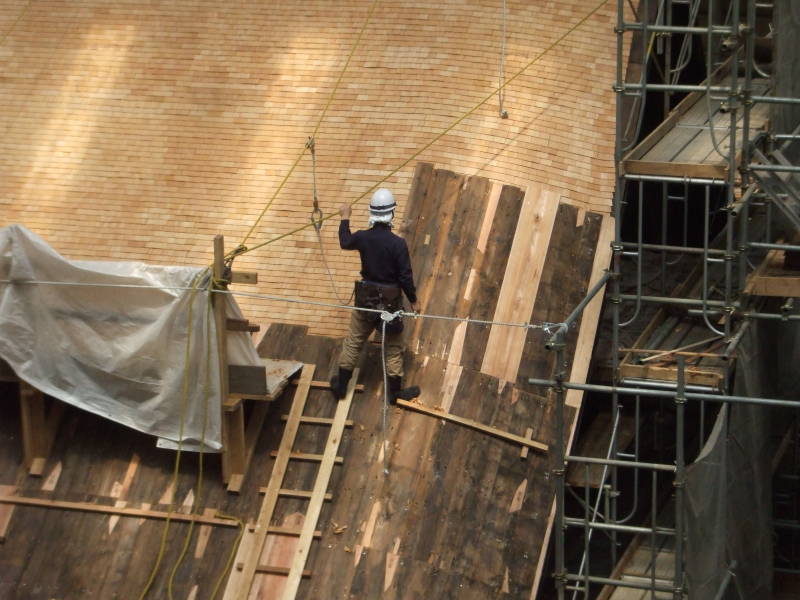
You can even get steel-toed jika-tabi.
Returning to Tōkyō
When it's time to return to Tōkyō, head to the station and buy your tickets. The private Tobu line is cheaper, simpler, and faster for travel between Tōkyō and Nikkō.
The self-serve ticket area looks a little overwhelming, but you can do it.
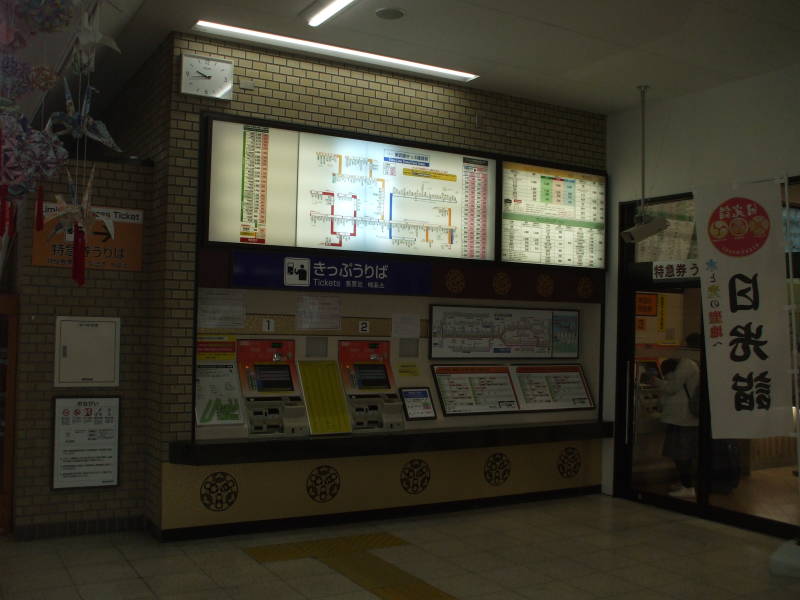
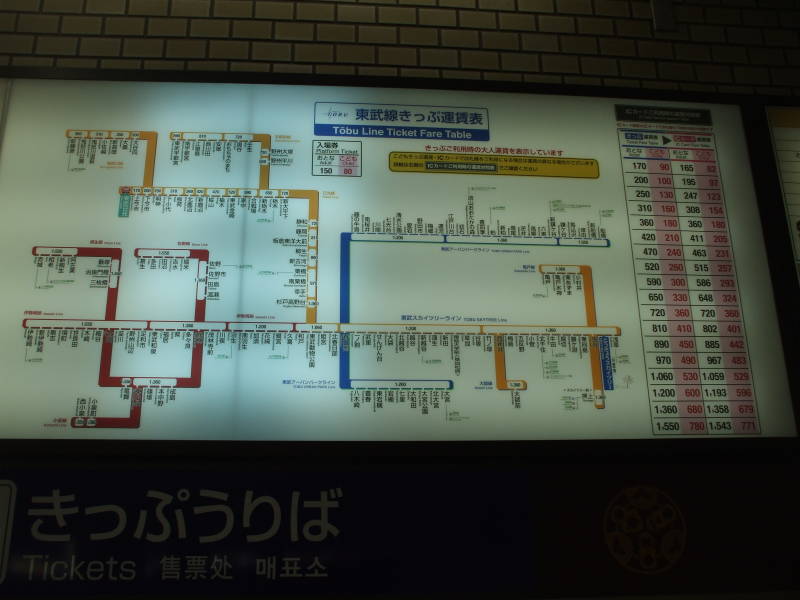
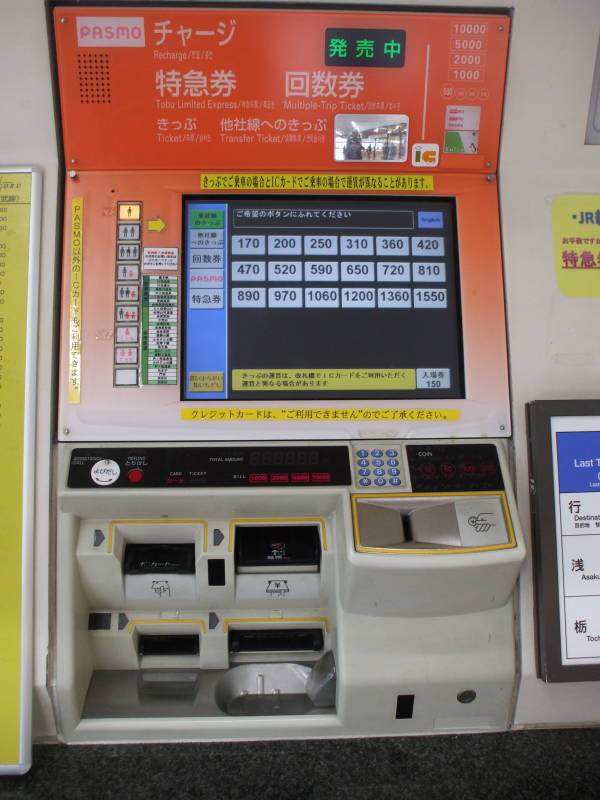
Here's our train!
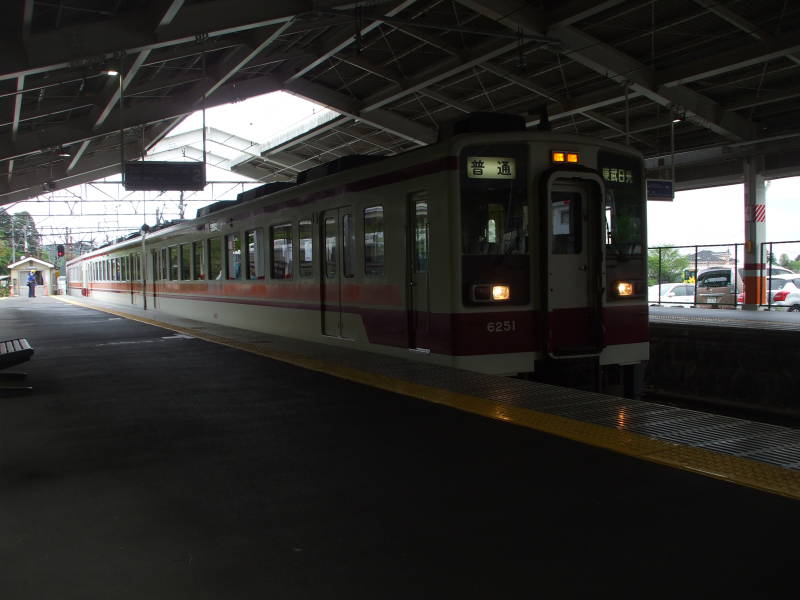
Soon we're moving south toward Tōkyō.
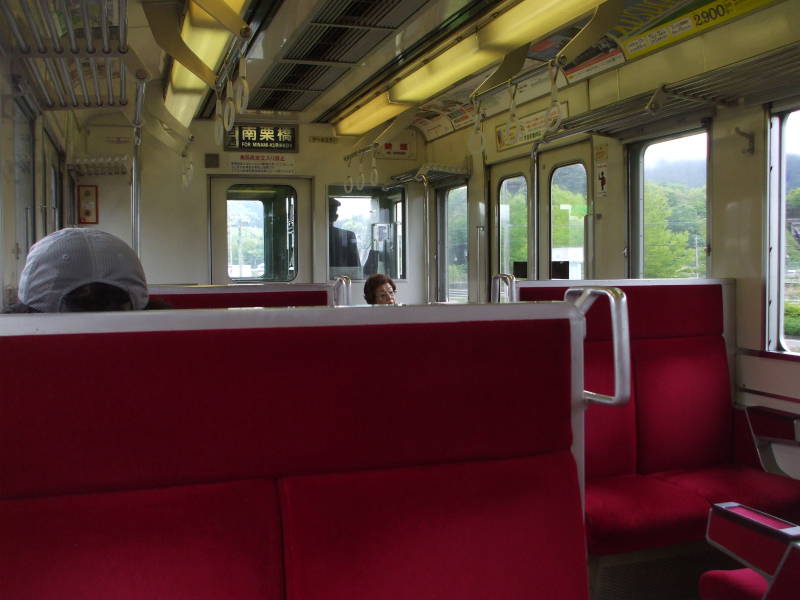
Changes are simple, and the trains arrive and depart precisely on time.
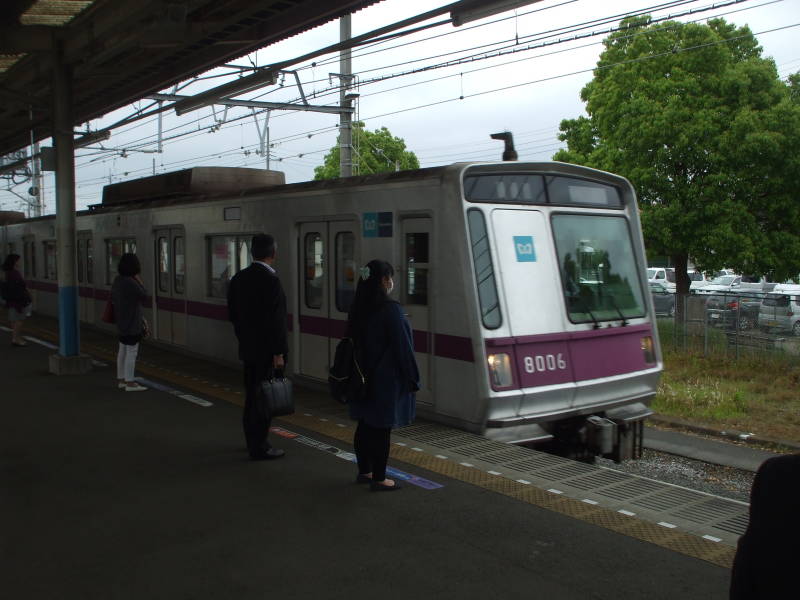
The trains become more like subway cars as you near Tōkyō.
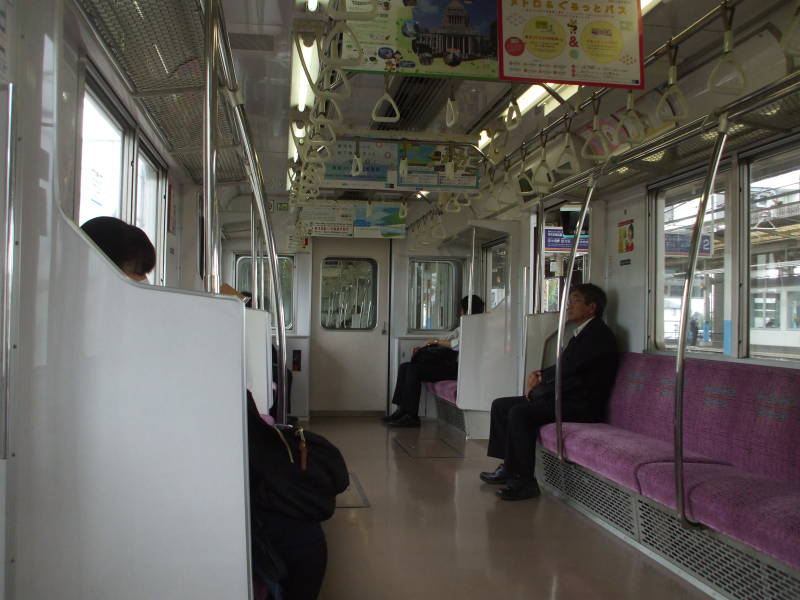
Choose your next stop around Nikkō:
Or, somewhere else around Japan:
